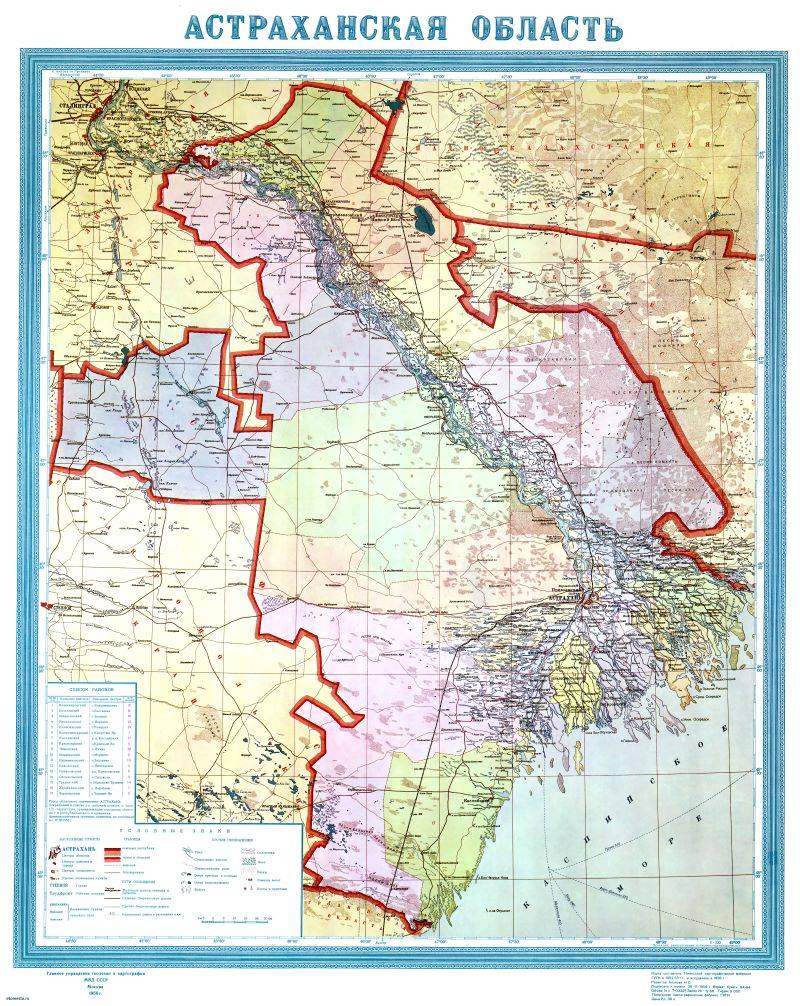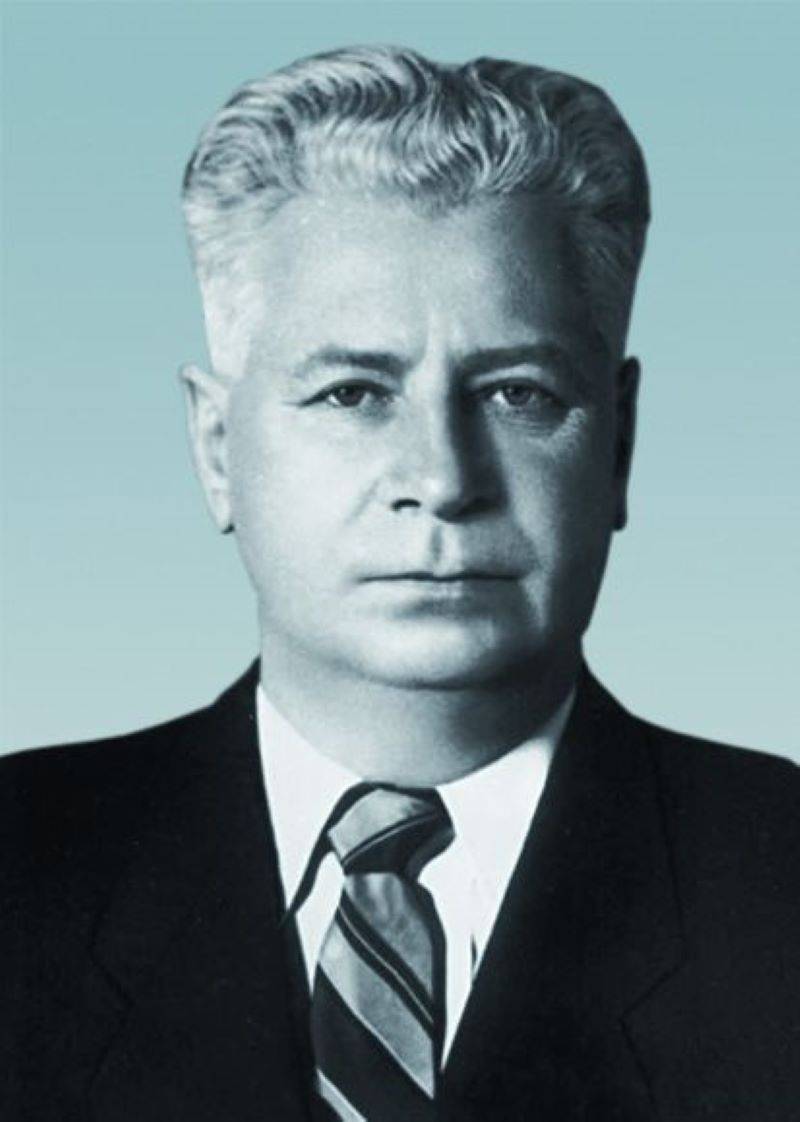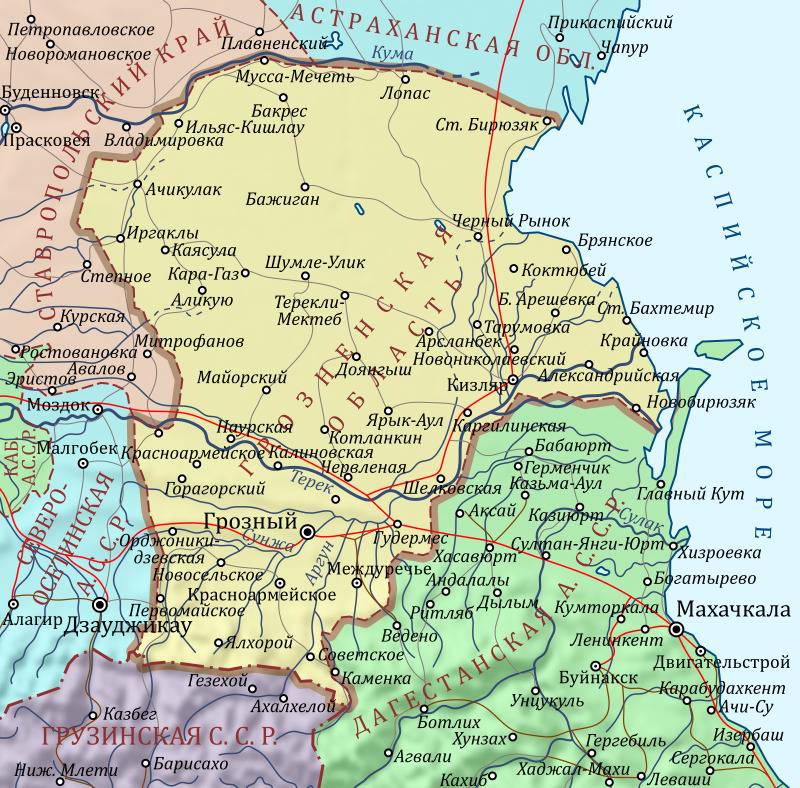Looking from the future - why they were rehabilitated

"Soft" did not work ...
What was the reason for the rehabilitation of traitors and accomplices of the Nazis just a few years after the victory? An acute shortage of personnel as a result of unprecedented losses during the war years, the traditional Russian ability to forgive, or purposeful preparation for what we are seeing today in Ukraine and in many other places?
You can say as much as you like that there are no bad nations, but there are bad people, but mass collaborationism is a phenomenon too dangerous not to be punished for it. However, already in the first week of May 1953, ministries and departments received an order from the Presidium of the Central Committee of the CPSU, initiated by the First Deputy Prime Minister of the USSR L.P. Beria, "to study the possibilities for correcting the mistakes of the national policy of the 1930s - early 1950s."
It was explicitly stated there: "to propose possible administrative and economic solutions to correct these errors." During the leadership of the country by N. S. Khrushchev, the “legitimate” rights of at least 20 peoples and nationalities, repressed in the mid-30s - the second half of the 40s, were restored.
But this process was accompanied, with the connivance of the authorities, by a sharp increase in interethnic tension, which contributed to the emergence and subsequent development of pockets of anti-Soviet xenophobia. In general, according to official data, up to three million people were subjected to national deportations, although, according to many foreign estimates, the total number of citizens in the "registry" of repressed peoples and nationalities exceeds four million.
Not republics, but districts
At the same time, from 20 to 25% of the citizens of the “deported” nationalities died or went missing. In 1943-1945, when the autonomy of the Kalmyks, Balkars, Karachays, Chechens, Ingush, Crimean Tatars was liquidated, the then head of the State Planning Committee of the USSR N. A. Voznesensky and a member of the Politburo of the Central Committee and the USSR State Defense Committee A. I. Mikoyan proposed not to indiscriminately peoples and abolish national autonomies.
It was only recommended to "downgrade" their status to autonomous regions (instead of ASSR) or national districts (instead of AO or ASSR), with a 30-50 percent reduction in their former territory. But with a careful "selection" of those to be and not to be evicted.
On this basis, it was ordered to form, for example, the Chechen-Ingush Autonomous Region as part of the Stavropol Territory; Karachay National Autonomous Okrug within the Circassian Autonomous Okrug of Stavropol; a similar Kalmyk district as part of the Astrakhan region. The Bakhchisarai region of Crimea was proposed to be transformed into the Crimean Tatar national autonomous region.
According to the initiators of this approach, it will minimize the potential for anti-Soviet nationalism among "unreliable" peoples. And in practice, it will preserve the principles of Soviet national policy laid down by Lenin, as well as reduce the possibility of the influence of anti-Soviet national emigration on the situation in these regions.
Such arguments were quite reasonable. But, as you know, other solutions prevailed. Which, of course, contributed to the formation of not yet legal, but primary anti-Soviet movements and groups among the deported peoples. As well as among the leaders of the restored national autonomies in the second half of the 50s.
Ethnic retrogeography
With the beginning of the Great Patriotic War, the Germans of the Volga region, the Meskhetian Turks, the Poles “remaining” in the west and north-west of the USSR, the Finno-Ugric Izhors and Ingrians (the latter were evicted from besieged Leningrad) also turned out to be deported. At the same time, all "unreliable" ethnic groups and their territories were deprived of the status of autonomous republics, autonomous regions, national districts/districts.
In the mid-40s, with accusations of alleged massive collaboration with the occupiers, a “cleansing” took place, we repeat, of many peoples of the North Caucasus and the Lower Volga region: Chechens and Ingush, Balkars, Karachays, Kalmyks. And also the Crimean Tatars. At the turn of the 40s and 50s, the same fate befell, for example, over 60% of the Greeks living in the Crimea and the Caucasus. Moreover, the latter coincided in time with the defeat of the pro-Soviet rebels in Greece and its subsequent entry into NATO (1949–1952).

From deportation to repatriation and redistribution of borders
But, firstly, along with the deportations, mainly Russian and Russian-speaking people moved into those regions.
And secondly, the borders of the former national autonomies and adjacent regions were often simply redrawn.
For example, in the 30s - early 60s, the borders of Stavropol changed four times, three times - Checheno-Ingushetia, Kalmykia, twice - the borders in the north of Dagestan, the borders of North Ossetia with Kabardino-Balkaria, twice - Dagestan with Kalmykia and Stavropol, Checheno-Ingushetia with North Ossetia.
Up to 70% of the Karachay-Cherkessian territory in 1944 was "captured" by Georgia. And when she was ordered in 1956 to return what she received to the restored Karachay-Cherkessia, this became one of the incentives for the pro-Stalinist demonstrations in Georgia in March 1956. As you know, they were suppressed by the troops. All this could not but contribute to the emergence of latent anti-Soviet sentiments and still illegal anti-Soviet groups in these national regions.
The starting document rehabilitating peoples and ethnic groups was the Decree of the Presidium of the Supreme Soviet of the USSR of September 17, 1955 "On the amnesty of Soviet citizens who collaborated with the occupiers during the Great Patriotic War."
And since October 1955, amnestied citizens of all evicted nationalities began to return to their places of original residence. And in 1956-1958. the stamp of national-political "unreliability" was removed by decrees of the PVS of the USSR, which provided for the restoration of national-autonomous territories.
But the question is - where did the rehabilitated return?
The local authorities of the “cleansed” regions initially opposed the restoration of the former autonomies and the uncontrolled repatriation of the deportees. The authorities of the Grozny and Astrakhan regions were especially active in these matters: the territory of the latter was reduced by almost two-thirds due to the separation of most of the restored Kalmyk ASSR from its composition (its remaining part from 1944-1945 was part of the Rostov region and Stavropol).
But almost everywhere there was no sufficient housing stock and prepared social and household arrangements for the returnees. Belatedly, the issues of employment of the newcomers were resolved. So, in 1956-1957. in Checheno-Ingushetia, slightly more than a third of returnees received new housing and employment, while in the Balkarian region of Kabardino-Balkaria, this figure was less than a third.
"Dissident" from Stavropol
Strange flaws in the rehabilitation policy were openly criticized, perhaps, only by a major but little-known party figure, Nikolai Ilyich Belyaev (1903–1966): from June 29, 1957 to May 4, 1960, he was a member of the Presidium of the Central Committee of the CPSU. From January 1960, Belyaev became the first secretary of the Stavropol Territory Committee. But already in May 1960 he was removed from his post and expelled from the Central Committee, sent to retire at the age of 57.

The fact is that since the Khrushchev period, a significant reduction in the territory of Stavropol began. And the first stage was the transfer of the Caspian regions of the region to the re-established Kalmyk ASSR. Thus, the region was cut off from the Astrakhan region by the territory of Kalmykia.
N. I. Belyaev proposed to include at least a narrow corridor to this coast in the composition of the region or to create the Caspian exclave of Stavropol in the same place. Since the isolation of the region from the Caspian Sea and the Astrakhan region will negatively affect its socio-economic development.
Belyaev proposed convening a meeting of the leaders of the regions, national autonomies of the Lower Volga region, the North Caucasus and representatives of the peoples returning to these regions in order to work out agreed decisions on the aforementioned issues.
But Belyaev was immediately accused of almost "Russian nationalism" and "an attempt to prevent the correction of the mistakes of the cult of personality in the national question." That was the end of his career, and in the Brezhnev period, Belyaev’s disgrace also survived ...
Planned conflicts?
In the North Caucasus, such issues were generally in the "corral". Therefore, in Checheno-Ingushetia, conflicts grew between the Russians and Russian-speakers who had previously settled there and the arriving Chechens and Ingush. Accordingly, the conflict culminated in August 1958 with mass protests by Russians and Russian-speakers in Grozny.
Conflict situations of less intensity arose in other restored national autonomies. A reasonable question: why were the issues of complex arrangement of repatriates not resolved in advance? In order to provoke interethnic conflicts and create the ground for their growth?

Those excesses in Grozny, we recall, were suppressed by the troops, but what happened forced Moscow to actively develop the economy and social sphere of the restored national autonomies. That lasted until the mid-80s inclusive.
In the dry...
The Meskhetian Turks were allowed to return to Georgia only at the end of the 80s. But soon the vast majority of them, for a variety of reasons, moved to Turkey, the North Caucasus, and even ... partially returned to Uzbekistan.
Even later - on June 29, 1993, that is, after the collapse of the USSR, a resolution of the Supreme Council of the RSFSR "On the rehabilitation of Russian Finns" was adopted. And on April 21, 2014, the Decree of the President of the Russian Federation “On measures to rehabilitate the Armenian, Bulgarian, Greek*, Crimean Tatar, German peoples and support their revival and development” was signed (*these peoples were evicted from Crimea together with local Tatars).
The first such decisions on the Crimean Tatars were made at the end of the Khrushchev thaw and shortly after it. Although they ordered to restrain the resettlement of the Crimean Tatars to their native peninsula.
But practically all the rehabilitated peoples repatriated without returning their property lost or taken away by the authorities earlier. And in most cases without any compensation. Such zigzags of the national policy of the USSR could not help but contribute to the formation of interethnic contradictions, which only grew as the state's administrative functions weakened from the second half of the 1950s.
Information